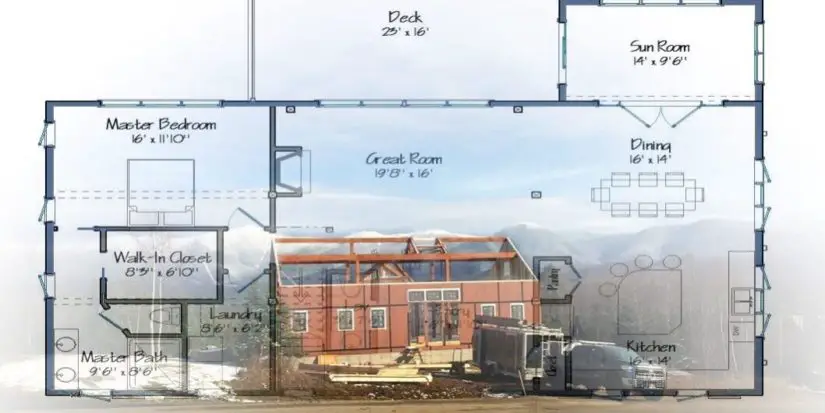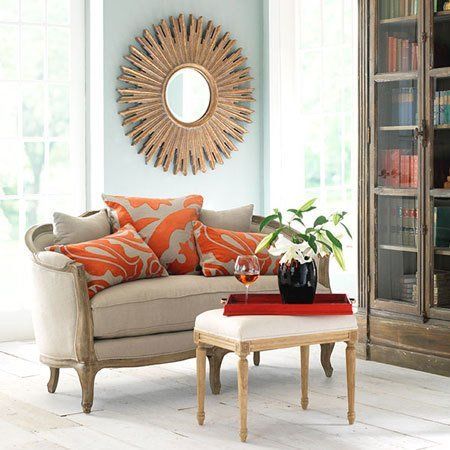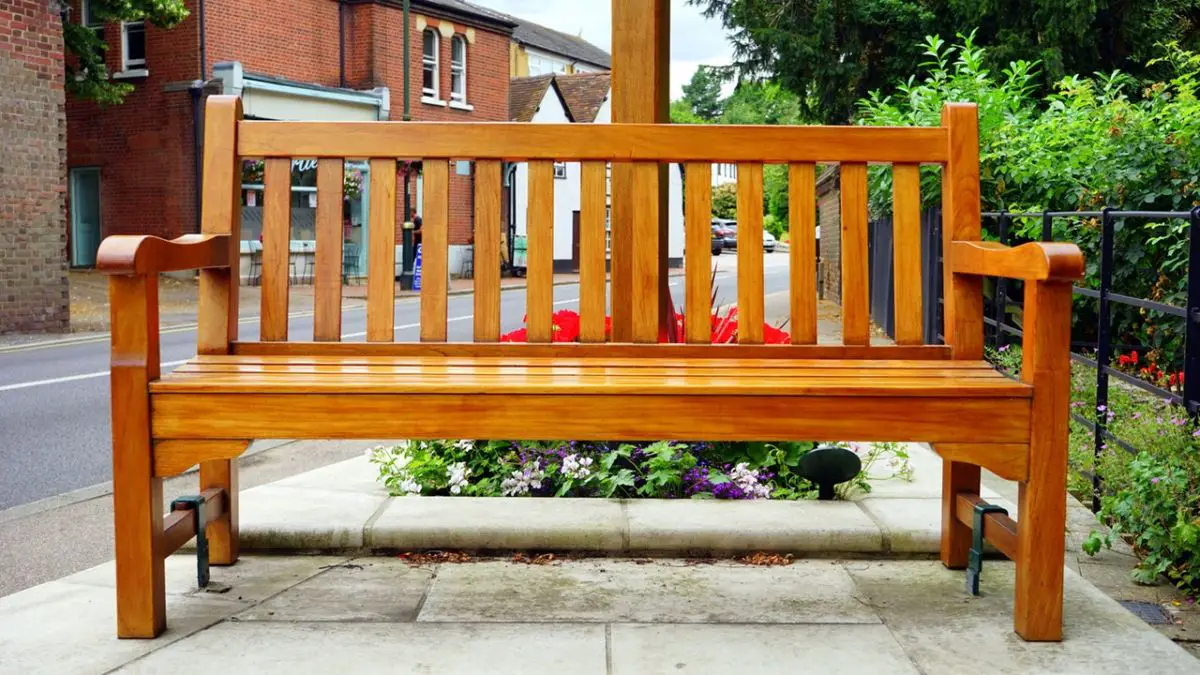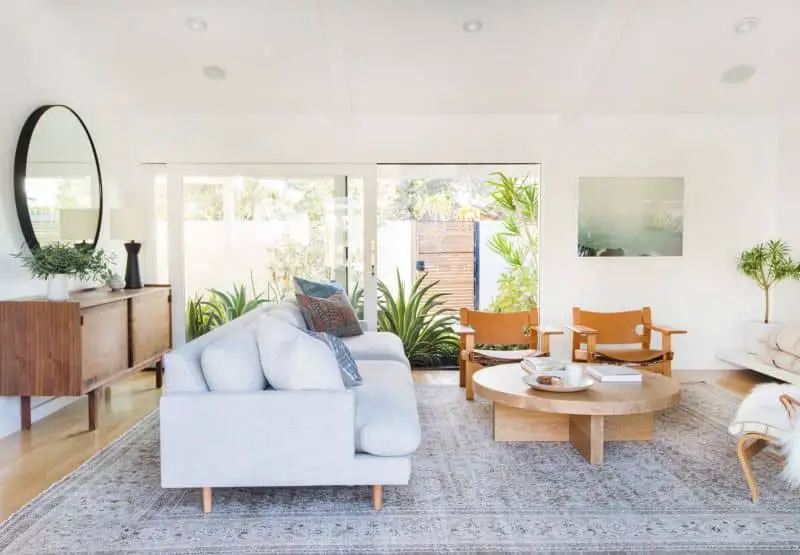If you’re in the market for a new home, you have a wish list of features that you’re looking for. But have you given any thought to the floor plan? Like anything else in life, there are good and bad floor plans. To help you avoid making a regrettable floor plan mistake. We have compiled a list of the eight worst floor plan mistakes that homeowners can make.
Read on to learn more!
Not every floor plan will fit your lifestyle
We recommend you gauge your lifestyle when choosing the best floor plan. Identify what fits better a multi-story home or single story. For more on this visit here. Are you planning to get a home in which you intend to get old? If so, a flight of stairs might not fit.
Would you prefer a multi-functional space or partitions of rooms? Before you choose individual rooms or open floor plans. Do not forget to picture the things that give you comfort in a home and best fit your daily routine.
Not considering the Location of the floor plan
No one would like to live in an area they don’t like; the scenic view may not be what you prefer. You may want to improve your floor plan in the future to incorporate new features. But the surrounding area might be unsuitable for such improvements. Ensure the place you are exploring suits your routine while considering access to important amenities you need. For example, find out the proximity to schools, hospitals, and shops.
Take time and visit the place often before making the decision. You may be looking for a quiet place only to find out the area busts with parties all night.
Not assuming upgrades when touring a home
Upgrades on a home may look attractive, but what is behind the fine finishes might not exactly be your best fit. It’s important to understand the developers’ initial floor plan. To make an informed decision, always ignore the attractive features. Such as the carpets, paint, curtains, and oh, that lovely countertop. Instead, concentrate on the structure, room arrangements, and layout.
Most contractors will sell you the upgrades sitting on an old structure that might be expensive to maintain in the long term.
You are not shopping according to your budget
A common floor plan mistake to avoid is over spending. Although planning for the future is always encouraged, avoid overspending to have more space in the future. Instead, always plan for the present first and ensure your floor plan fits your spending budget.
When looking for a home, look within your budget to avoid future financial restraints. Furthermore, a home can always get upgrades and improvements later.
Not considering the cost of architectural features and maintenance
While eye-catching features may initially excite individuals, it is crucial to take into account the long-term financial commitments associated with their maintenance. For instance, sliding patio doors and ceiling windows may enhance the aesthetics of a home, offering stunning views and an abundance of natural light. However, without proper insulation during the winter months, these features can lead to substantial energy loss, resulting in exorbitant energy bills. The allure of such architectural elements must be weighed against the ongoing expenses required to maintain a comfortable living environment.
To ensure a sustainable and cost-effective future, it is advisable to prioritize green and cost-saving architectural features when designing or renovating a home. Incorporating energy-efficient measures can significantly reduce the expenses associated with heating, cooling, and water consumption. For instance, installing insulation materials, such as double-glazed windows and proper sealing, helps to minimize heat loss during colder seasons and reduces the reliance on artificial heating systems. Likewise, implementing energy-efficient cooling solutions, such as solar-powered air conditioning or natural ventilation systems, can decrease the reliance on traditional cooling methods, ultimately leading to substantial savings on electricity bills.
Furthermore, incorporating water-saving features can also contribute to long-term cost reductions. Utilizing low-flow faucets, showerheads, and toilets helps conserve water without compromising functionality. Additionally, implementing rainwater harvesting systems or graywater recycling systems can supplement the water supply for non-potable uses such as garden irrigation or toilet flushing, further reducing dependence on the municipal water supply and lowering water bills.
By prioritizing these green and cost-saving architectural features, homeowners can not only enjoy a more sustainable and eco-friendly living environment but also significantly decrease the day-to-day maintenance costs associated with their homes. In the long run, these thoughtful design choices can lead to substantial savings, contributing to both financial stability and environmental conservation.
Not seeking professional help when going through drawings
The architectural drawings may seem like a huge bother to follow for new homeowners. Always ask the professionals to guide you through the home blueprint when you consider investing in a home. The language and symbols used on the floor plan drawing may not be easy to understand, and it is important to know its layout.
Not ensuring entertainment space and rooms sizes are what you need
Dreaming for an ideal home, most home buyers wish to host family and friends or huge parties during the summer, depending on lifestyle. With that in mind, ensure there is always enough entertaining space.
Also, do not assume rooms sizes are enough without considering the size of your furniture. The floor plan may have big rooms only to find out later your things won’t fit.
Ignoring safety and involving family when choosing a floor plan
Consider the safety of your family when home shopping. Some features will look amazing without noticing how dangerous and inconvenient they may be to the other home occupants. When considering your elderly parent, you should avoid flights of stairs. While with young children, access to balconies might be very dangerous.
Some of these features may be unnoticeable to you. Always bring your family along when choosing a home. It will show you their interests and learn what would make a home comfortable for them.
The Bottom Line
Everyone dreams of an amazing home; by being keen and making it possible to get the keys to that dream home. To conduct proper research and do not fall for the nice comments of real estate agents.
Following these eight guidelines will help you get your family that dream home. You will also be able avoid floor plan mistakes.






